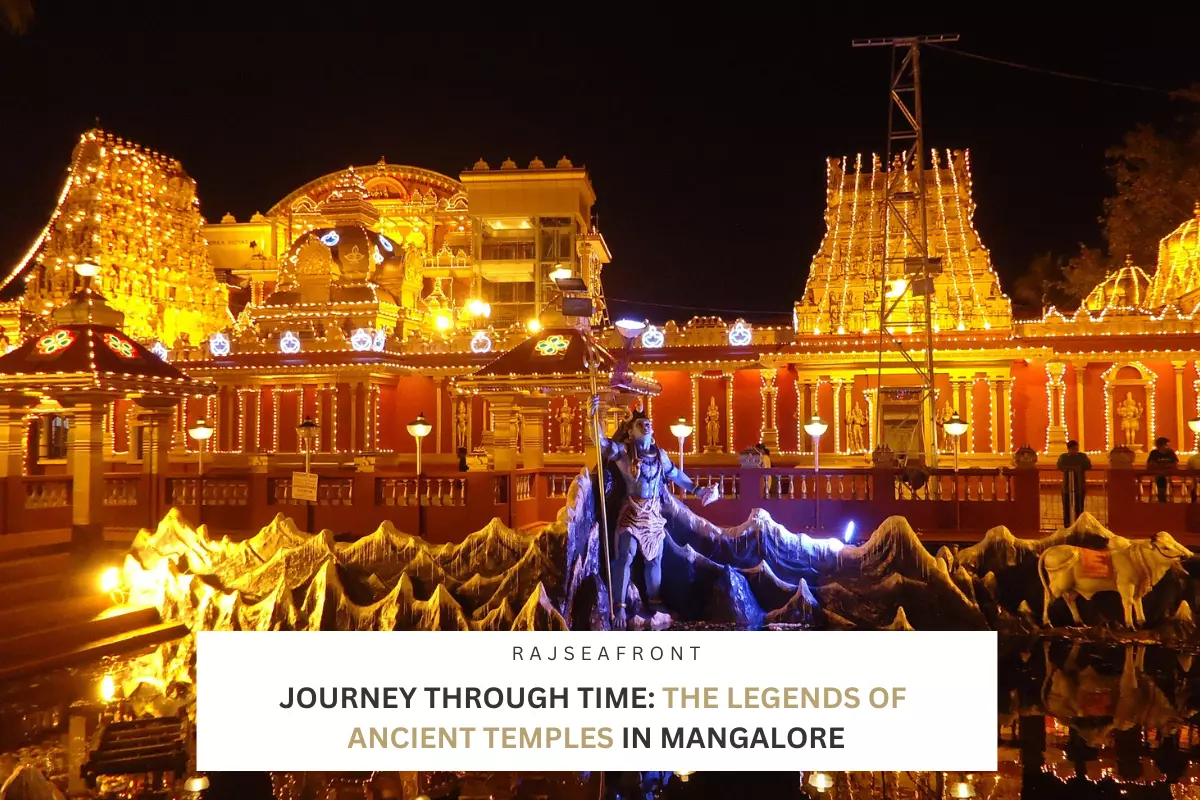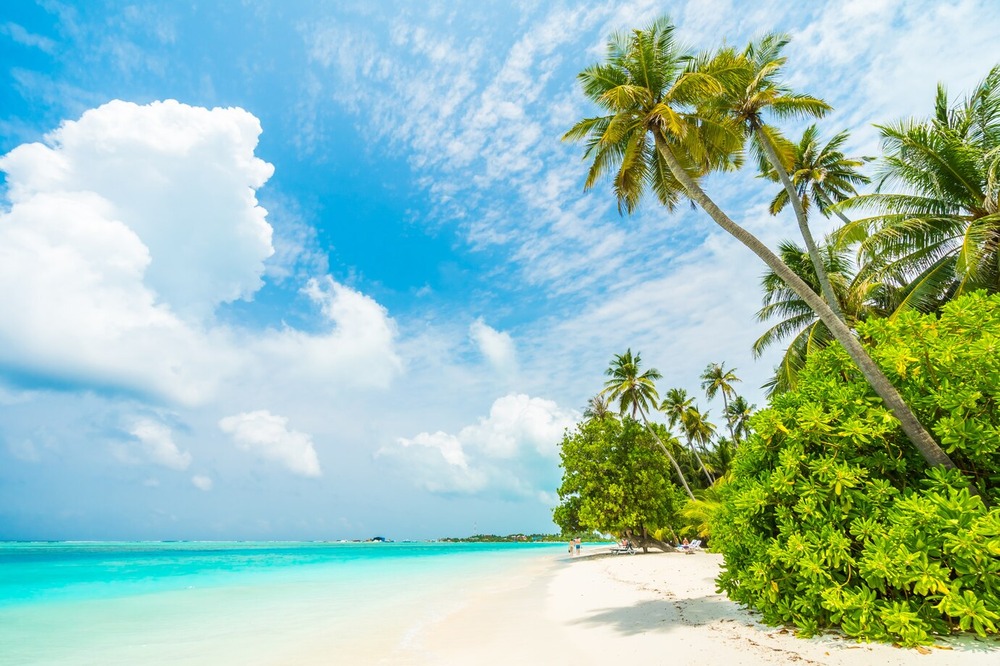Want to know more about the Mythical stories of Mangalore temple that have been passed down through generations and are an integral part of the city’s history? Keep reading!
India is a land of diverse cultures and religions, and it is home to numerous ancient temples with untold mythical stories. From the Himalayas in the north to the southern tip of the country, there are thousands of temples that are steeped in mythology and legend. Each temple has a unique story to tell, and these stories are often passed down through generations of devotees. These myths and legends are not only fascinating but also provide a glimpse into the rich cultural heritage of India. Whether it is the temples of the south, like the ancient temples in Mangalore, or the temples of the north like the pilgrimage sites in Jaipur, every temple has a story waiting to be discovered!
In this article, we will explore the untold stories behind Mangalore’s famous temples!
Ancient Temples In Mangalore & its Untold Stories
Mangalore, a port city located in the southwestern state of Karnataka, India, is a culturally rich city that is home to many famous temples. The ancient temples in Mangalore have a long history that spans centuries and are a testament to the city’s heritage and tradition.
- The Kudroli Sri Gokarnanatheshwara Temple
The Kudroli Gokarnath Temple is a famous Hindu temple located in the heart of Mangalore. The temple is dedicated to Lord Shiva and was built by Sri Narayana Guru, a social reformer, and spiritual leader. The temple has a unique architecture that blends Dravidian and Kerala styles. It is said that the temple was built to unite the various castes and communities in the region.
The story behind the temple’s construction is quite interesting.
According to legend, the temple’s founder, Sri Narayana Guru, a social reformer and philosopher, had a divine vision of Lord Shiva asking him to build a temple dedicated to him. The legend goes that Lord Shiva himself appeared to Sri Narayana Guru in a dream and directed him to find a lingam, a symbolic representation of Lord Shiva, in a nearby river. The Guru followed the instructions, and to his amazement, he found a lingam at the spot where the river met the sea. He installed the lingam at the present location of the Kudroli Temple and began performing puja (worship) to Lord Gokarnanatha.
The Kudroli Temple also has a unique architectural style that reflects the fusion of different cultural influences. The temple’s main sanctum is built in the Dravidian style, with intricate carvings and murals depicting scenes from Hindu mythology. However, the temple also features elements of other architectural styles, including the Rajasthani style, with its vibrant colours and ornate designs, and the Moghul style, with its arched entrances and domes. The temple’s architecture is a reflection of Mangalore’s diverse cultural heritage, where different cultures and traditions have blended over time.
Apart from its history and architecture, the Kudroli Temple is also known for its rich cultural heritage. The temple hosts a variety of cultural events, including music and dance performances, throughout the year. One of the temple’s most popular festivals is the Sri Gokarnanatha Kreedotsava, which is held every year in February. The festival is a celebration of the spirit of sportsmanship and features various traditional sports, including Kambala, a buffalo race, and Tulu Nadu Kunita, a traditional dance form.
- The Kadri Manjunath Temple
The Kadri Manjunath Temple is one of the oldest and most prominent temples in Mangalore, located in the Kadri Hills, about 4 km from the city centre. The temple is dedicated to Lord Manjunatha, an incarnation of Lord Shiva, and is believed to have been established during the 10th or 11th century AD. The temple’s history is closely intertwined with the rich cultural heritage of the region, and it is an important pilgrimage site for Hindus in the area.
The history of the Kadri Manjunath Temple can be traced back to the reign of the Alupa dynasty, who ruled the region between the 4th and 14th centuries AD. The temple was initially a small shrine dedicated to Lord Shiva, but it was later expanded and renovated by various rulers, including the Kadamba, Hoysala, and Vijayanagara dynasties. The temple’s architecture reflects the influence of these different dynasties, with elements of the Dravidian and Hoysala styles.
One of the most significant events in the temple’s history occurred during the reign of the Vijayanagara Empire in the 16th century. The temple was attacked and destroyed by the Portuguese, who were then in control of the coastal regions of India. The Portuguese were known for their aggressive attempts to convert the local population to Christianity, and they saw the temples as a threat to their religious mission. The Kadri Manjunath Temple was one of the many temples that fell victim to their attacks.
However, the temple was rebuilt and restored to its former glory by the local rulers, including the Keladi Nayakas and the Heggades. The temple underwent several renovations over the years, with the most significant one carried out in the 19th century by the Heggade family. The Heggades were a prominent family in the region who played a significant role in the temple’s administration and upkeep.
- The Kateel Durgaparameshwari Temple
The history of the Kateel Durgaparameshwari Temple dates back to ancient times. According to legend, the temple was originally built by the demon king Ravana, who was a devotee of Goddess Durga. The temple was then later renovated by the Alupas, a dynasty that ruled over the region from the 8th to the 14th century. The temple was further developed and expanded by various rulers over the centuries, including the Vijayanagara kings, the Keladi Nayakas, and the Wodeyars of Mysore.
The Kateel Durgaparameshwari Temple is one of the most important pilgrimage destinations in South India, attracting thousands of devotees from all over the country every year. The temple is renowned for its powerful and benevolent Goddess Durga, who is believed to fulfill the wishes of her devotees. The temple is also significant for its association with several legends and stories from Hindu mythology.
One such legend is about the demon Raktabeeja, who had the power to create clones of himself every time a drop of his blood fell on the ground. The goddess Durga is believed to have defeated him by drinking his blood before it could touch the ground, thus putting an end to his invincibility. The spot where this event is believed to have occurred is known as Raktabeeja Sthambha, and it is an important shrine within the temple complex.
In conclusion,
The ancient temples of Mangalore are not just architectural marvels, but they are also a testament to the city’s rich cultural heritage. The legends and myths associated with these temples have been passed down through generations and continue to intrigue and inspire people even today.
So why not plan a visit to Mangalore and explore these ancient temples for yourself? From the serene Kateel Durgaparameshwari Temple to the majestic Kadri Manjunath Temple, there is something for everyone. Come and discover the hidden gems of Mangalore for an experience of a lifetime. And if you’re looking for a place to stay in Mangalore what better place than a Mangalore Beach homestay? Hotel Raj Sea Front Beach Resort is one of the Best hotels in Mangalore! Book your stay now!







